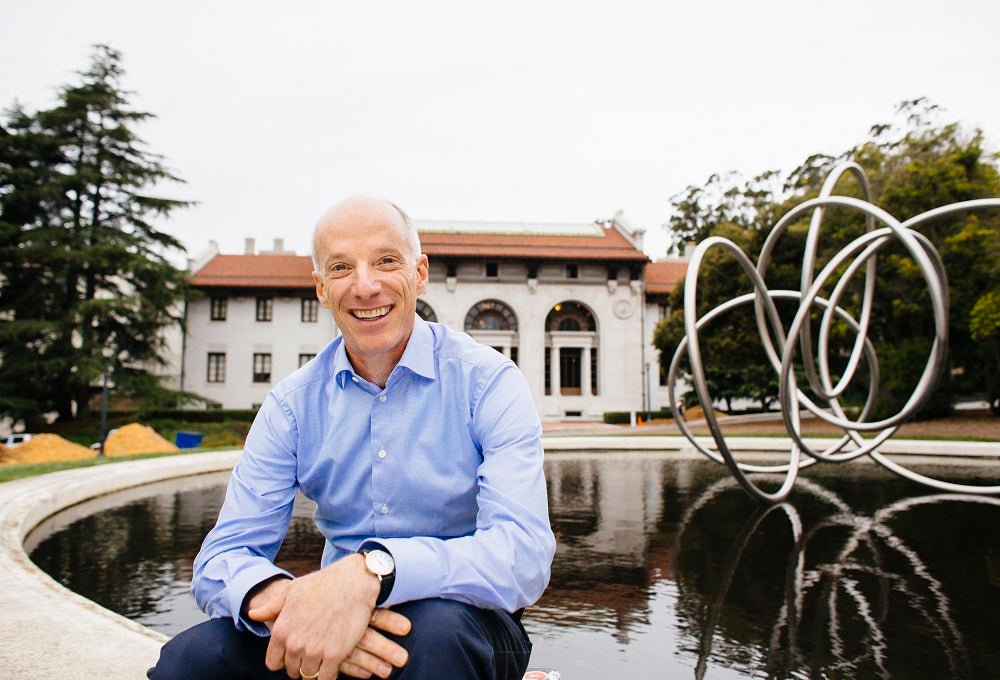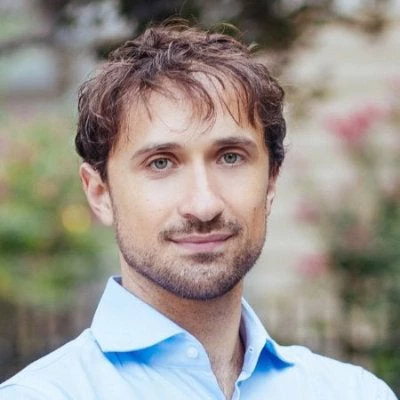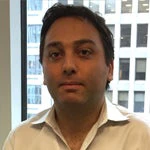Cities are becoming thirstier – a 50 percent increase in urban water demands is anticipated within the next 30 years. Rapid urban population growth, economic expansion, and competing demands are increasing thirst and tightening the availability of water in areas where water scarcity is already a reality.
In a bid to develop concrete solutions for a water scarce future, the World Bank launched the Water Scarce Cities Initiative (WSC), to bolster awareness of integrated and innovative approaches to managing water resources and service delivery.

Here, Professor David Sedlak, co-director of Berkeley Water Center at the University of California at Berkeley and Deputy Director of the National Science Foundation's Engineering Research Center for Reinventing the Nation's Urban Water Infrastructure (ReNUWIt), shares his thoughts on the initiative. Dr. Sedlak brings a wealth of experience spanning water quality, urban water issues, and environmental chemistry (learn more about his research and experience). He will continue the conversation on water-resilient futures alongside other experts and practitioners during the upcoming Water Scarce Cities panel discussion at Stockholm World Water Week.
Can you tell us about your background, including your experience with water and where it all began?
Sedlak: Growing up in New York and being educated in New York, Wisconsin and Switzerland, I had little experience with water scarcity prior to my arrival in California 23 years ago. I immediately discovered that in California, every drop of water belongs to someone. I also learned that California’s cities were pursuing innovative approaches for managing the water cycle: recycling wastewater, harvesting urban stormwater and pushing water use efficiency to new limits. As a researcher interested in water quality and the development of more effective treatment systems, I was fascinated by the challenge of turning sewage and urban runoff into drinking water. Within two years of arriving at UC Berkeley, I was studying new classes of drinking water contaminants that are unique to water reuse and working with forward-looking utilities to develop ways to ensure that potable water reuse systems would be safe.
How are you involved with Water Scarce Cities?
Sedlak: Over the last two decades, we have learned a lot about how cities can transition from the old model, in which cities invest in expensive, new sources of imported water, to a more resilient and sustainable approach. For the past seven years, I have been part of the efforts of the US National Science Foundation’s ReNUWIt research center to translate the lessons learned in California’s cities to other parts of the United States. Given the tremendous international needs, we have joined the Water Scarce Cities Initiative to share our experiences and learn from others who are struggling with water security.
What have been the most surprising findings of your research?
Sedlak: When we started working on potable water recycling [converting sewage into drinking water], I thought that it was a niche approach to water supply that would not be widely adopted outside of Southern California in the foreseeable future. But as more cities struggled with expensive or unreliable water supply projects just as the pioneering projects in California proved to be successful, interest in potable water recycling has grown. In the United States, potable water reuse is emerging as one of the main options for securing reliable water supplies . Our research has shown that we have the technological ability to reliably and safely convert sewage into drinking water. Going forward, if we hope to expand beyond the world’s wealthiest coastal cities, we will need to figure out how to reduce the cost of the process while maintaining its reliability and safety.
What is the one important piece of advice you would like to share with global Water Scarce Cities?
Sedlak: Creating sustainable water supplies that can meet the challenges of the 21st Century will require a change in mindset. Our water institutions evolved during a period when water supply, urban drainage, and wastewater collection and treatment were handled separately and with little interaction with the community. If we hope to take advantage of the latest technologies for enhancing water security, we need to rethink all aspects of urban water management .
What key challenges have you encountered in your work with urban water scarcity?
Sedlak: Among the many challenges that we have faced in our work on urban water systems, the fact that no two situations are exactly alike is probably the greatest challenge. For example, a treatment wetland that is effective in one city cannot be built in another because the land is too expensive. Or a reverse osmosis treatment process that was cost-effective in a coastal city is impractical 100 km inland because there it is too expensive to treat and dispose of the concentrate produced in the treatment process. These technical challenges combined with the idiosyncratic differences among the institutions responsible for water management means that every project poses different challenges and requires the sharing of knowledge and experience.
What will you be discussing at the upcoming Water Scarce Cities panel in Stockholm?
Sedlak: In Stockholm, I will discuss three distinctly different approaches to water reuse and urban drainage that we have studied. After examining some of their strengths and weaknesses, I hope to initiate a conversation about how these might be applied to rapidly developing cities struggling to simultaneously address water, sanitation, and urban drainage needs.
How do you envision the future of Water Scarce Cities, and how do you think the Water Scarce Cities initiative contributes to global challenges?
Sedlak: I am hopeful that the WSC Initiative will initiate an era of sharing and discovery that will facilitate the transition to more secure and sustainable water systems worldwide. The world’s rapidly growing cities are going to make massive investments in water infrastructure over the next three decades. With this Initiative, we have an opportunity to make sure that we build the infrastructure and institutions that we need for our future.
In your opinion, what role can experts like yourself play in working with water scarce cities in addressing the challenges they face?
Sedlak: In addition to sharing their experiences, experts can provide advice on proposed projects, enhance credibility, and assist in capacity building. Increasingly, water professionals are recognizing that they are part of a global community. By experiencing the challenges, successes, and failures that take place all over the world, we all play an important role in advancing new ideas.

Editor’s Note:
To learn more about how the innovative management of water scarcity in places like Malta can serve WB client countries, read more about WSC in Las Vegas and Malta, Marrakesh, Orange County, and about the overall Water Scarce Cities Initiative and its events.





Join the Conversation